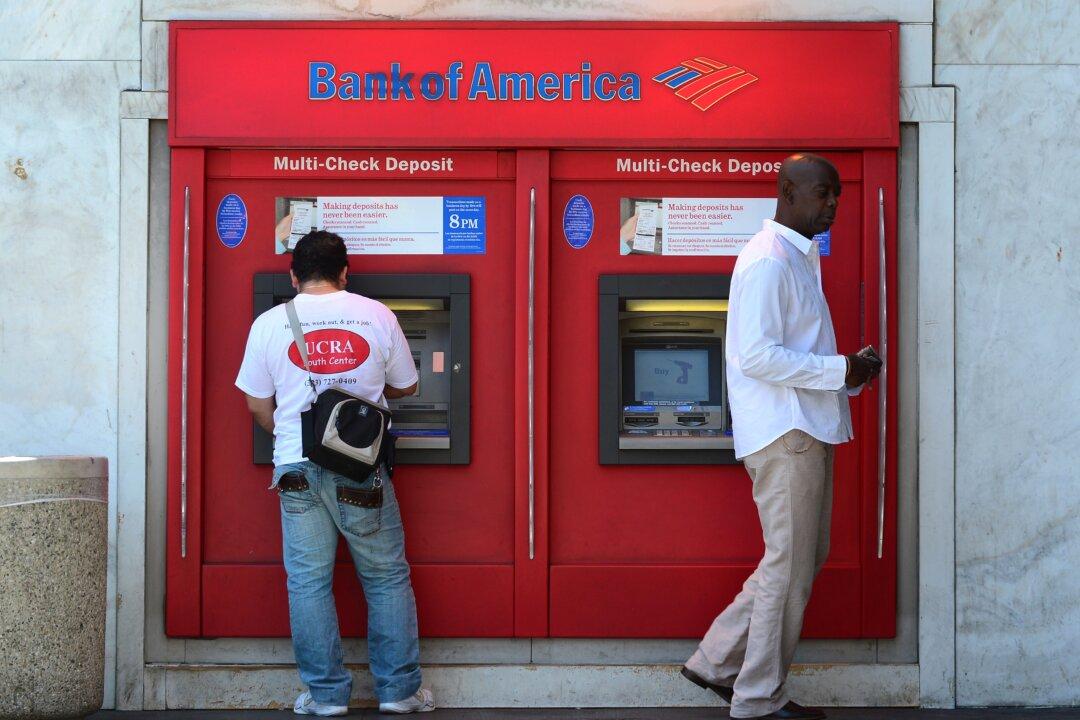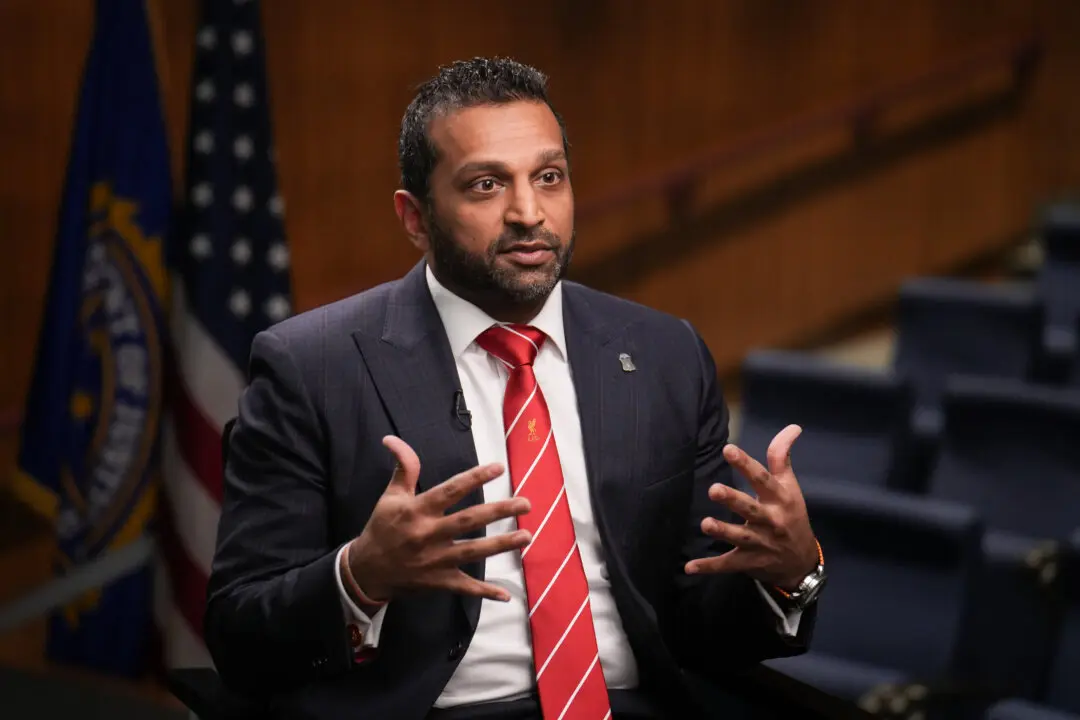Some financial experts weighed in on whether Americans should feel worried about the safety of their money amid several bank collapses in recent days as some consumers expressed concerns about their deposits, their bank, and the American banking system.
While President Joe Biden said Monday that “Americans can have confidence that the banking system is safe. Your deposits will be there when you need them,” that hasn’t stopped people from speculating on social media and elsewhere. At the same time, the Federal Reserve, U.S. Treasury Department, and Federal Deposit Insurance Corporation have said they moved quickly to stop contagion after Silicon Valley Bank and Signature Bank collapsed in a bid to ease possible “bank runs.”





